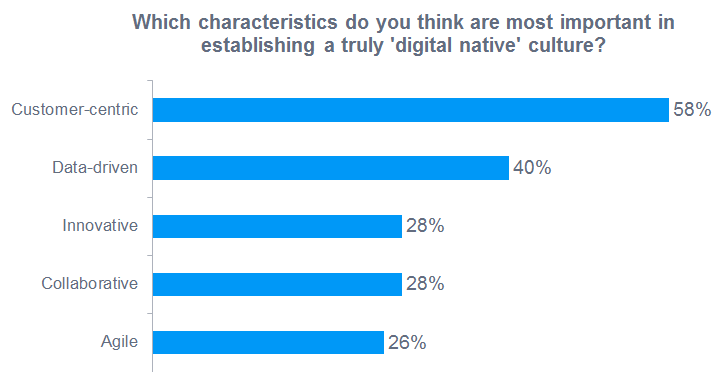Customer journeys are evolving fast, and technology is at the forefront of this transformation, especially in the past couple of years, thanks to AI.
This post explores how businesses can embrace omnichannel experiences, self-service solutions, and data-driven personalisation to create amazingly seamless and unforgettable customer journeys.
I have also added examples illustrating some of the more successful implementations. Be inspired by these real-world illustrations of companies that have leveraged technology to build strong customer relationships and unlock new avenues of growth for your business.
Technology-Enhanced Customer Journeys
In the dynamic realm of modern business, the pivotal role of technology in shaping customer service has become undeniable.
Organisations adept at harnessing the potential of technological advancements offer seamless and personalised experiences and gain a distinct competitive edge in today’s rapidly evolving digital landscape.
This article unveils the profound transformation of customer service in the digital age, underscoring how technology has revolutionised customer expectations and enabled organisations to deliver faster, more efficient and tailored support.
The Evolution of Customer Service in the Digital Age
The digital age has brought forth a sweeping transformation in customer service. Technology, the bedrock of this evolution, has spurred a revolution in customer expectations, compelling organisations to elevate their service standards.
By capitalising on technology, businesses can now offer swifter response times, enhanced efficiency, and personalised touches that cater to the individual preferences of their clientele.
As technology continues to advance, so do the expectations of today’s customers. A prime example of this is the seamless omnichannel experience offered by retail giant Nike.
By integrating web, mobile, social media, and in-store interactions, Nike has created a harmonious ecosystem that caters to customers’ preferred communication channels, resulting in a 40% increase in online sales.
This showcases how technology can amplify customer service, enabling organisations to meet customers where they are and provide a consistent, convenient, and personalised customer journey.
1. The Rise of Omnichannel Customer Service
In today’s digital landscape, omnichannel customer service has become a beacon of innovation and strategic importance. By seamlessly integrating multiple communication channels, including web, mobile, social media, and chat, organisations can provide a uniform and convenient customer experience. The synergy achieved through this integration nurtures customer satisfaction and provides invaluable insights into consumer behaviour and preferences.
As previously mentioned, Nike is one example of a brand that has successfully done this, but there are others. Starbucks is another industry trailblazer.
With its mobile app, customers can order ahead, earn rewards, and make payments seamlessly. This technological integration enhances convenience and deepens customer engagement, resulting in a staggering 40% of Starbucks transactions being conducted through its app today. This vividly illustrates how the convergence of channels empowers customers and fuels business success.
2. The Shift Towards Self-Service
The era of customers’ digital empowerment has fostered a discernible shift towards self-service options driven by the burgeoning demand for instant gratification and autonomy.
Organisations are now empowered to equip customers with comprehensive self-help resources, knowledge bases, interactive FAQs, and AI-driven chatbots that deliver … Click to continue reading












